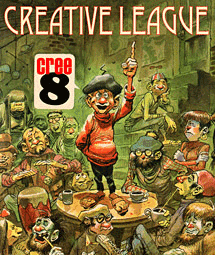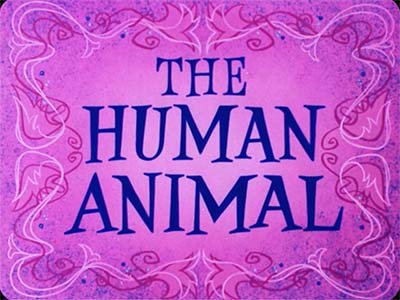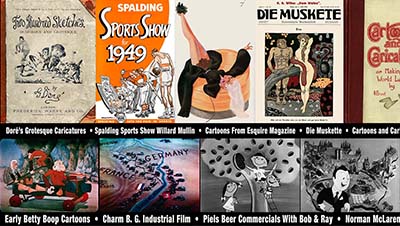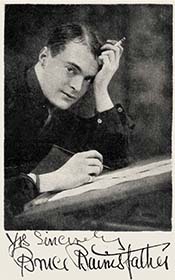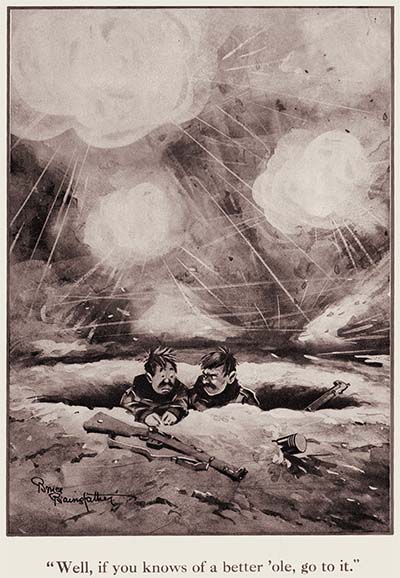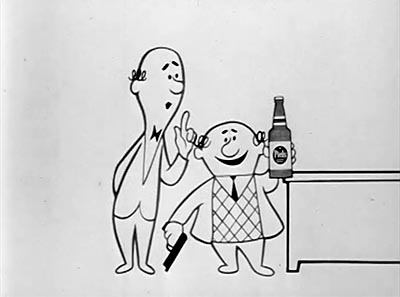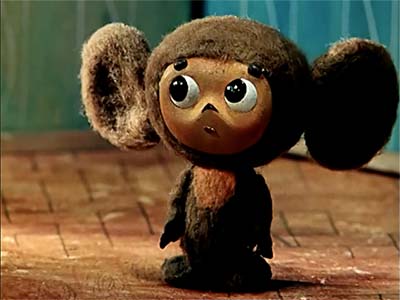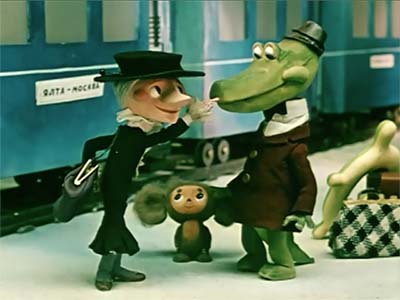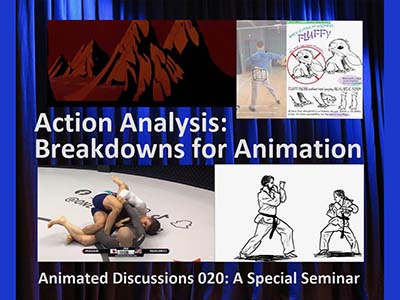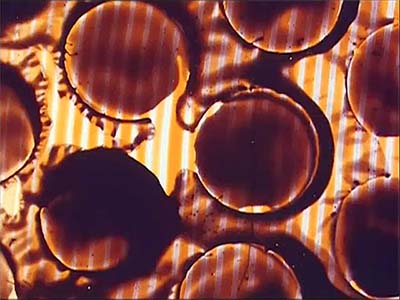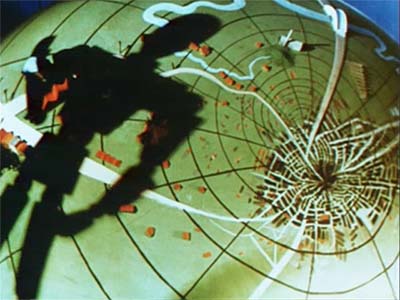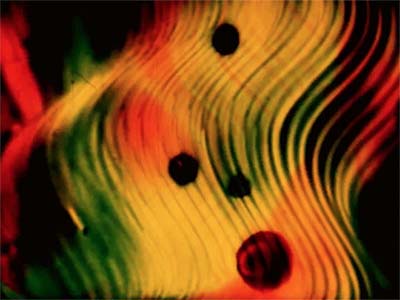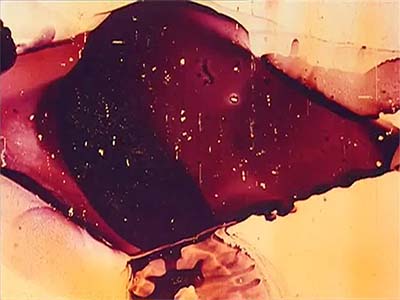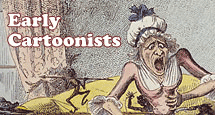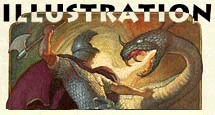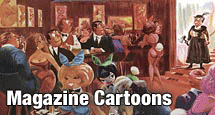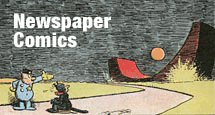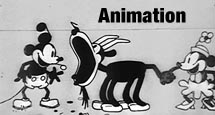
![]() It’s the end of the year and it’s time for us to back up all the images and videos we’ve digitized lately. All of our hard drives are full and we need about two hundred terabytes to protect the material our volunteers have gathered for our archive this year. A 22 TB hard drive costs $275. The holiday season is coming up; and if you’d like to remember us in your gift list, we would greatly appreciate it.
It’s the end of the year and it’s time for us to back up all the images and videos we’ve digitized lately. All of our hard drives are full and we need about two hundred terabytes to protect the material our volunteers have gathered for our archive this year. A 22 TB hard drive costs $275. The holiday season is coming up; and if you’d like to remember us in your gift list, we would greatly appreciate it.
You can gift a membership to a friend or peer or donate directly using the PayPal link below. We are a 501(c)(3) non-profit educational foundation, so your gift may be tax deductible. All of the funds received will go to expanding our offerings to our supporters.
![]()
![]() Animation Resources depends on your contributions to support its projects. Even if you can’t afford to contribute a lot right now, please click the button below to donate whatever you can afford using PayPal.
Animation Resources depends on your contributions to support its projects. Even if you can’t afford to contribute a lot right now, please click the button below to donate whatever you can afford using PayPal.

Every month, Animation Resources shares an amazing Reference Pack with its members. These carefully curated collections consist of e-books packed with high resolution scans video downloads of rare animated films set up for still frame study, as well as podcasts and documentaries— all designed to help you become a better artist. Members will have 30 days to download the current batch of treasures from the Animation Archive A new RefPack will be posted at the beginning of the next month. Bookmark the Members Only Page and remember to check back every month, because when the new month starts, the old downloads go POOF!
JOIN TODAY To Access Members Only Content
The latest Animation Resources Reference Pack has been uploaded to the server. Here’s a quick overview of what you’ll find when you log in to the Members Only Page…
Henry Heath![]()
Omnium Gatherum Volume One
Download this article
The late 1700s and early 1800s marked an unique time in the history of British cartooning. Political and social satire was at the forefront of popular culture, and cartooning was flourishing courtesy of the technology of copperplate printing. World events. particularly the descent of King George III into mental illness, the rise of the rivalry between the Whigs and Torys, the upsurge of urban poverty, and the Napoleonic wars in France provided the conflict to grease the wheels of political satire. Great caricaturists like James Gillray, Thomas Rowlandson and George Cruikshank became famous for their cartoons which sold by the thousands.
At this time newspapers and magazines were not yet the primary venue for political cartooning. Instead comic images were sold as individual prints or broadsheets. The price of prints was well within the reach of even the most humble person. Young and old, rich and poor scrambled to snatch up the brightly colored comic images to pin on the walls of their home. When they tired of them, the tossed them in the fireplace and got new ones. In this way, they served much the same purpose as the Japanese woodblock prints which were popular around the same time halfway around the world.
The subject of this e-book is a cartoonist named Henry Heath. Normally, I would provide a brief biography here, but I’m afraid almost nothing is known of Heath. He was active in London around 1840, publishing dozens of cartoons making fun of London street people, rural commoners and various ethnic types, as well as sketchbook pages titled “Omnium Gatherum” which is Latin for “Hodgepodge”. Unlike his contemporaries, he seems to have had no interest in politics, focusing instead on gags involving fishing and horseback riding. There are a series of prints on a variety of themes, including one on the problems faced by young husbands. But of primary interest here are the pages of sketches dealing with demonology and witchcraft. Heath’s imagination has no bounds, rivaling Hieronymous Bosch for its surreal extremes. I think you’ll find them fascinating. The only other bit of information I can find about Heath is that shortly after the publishing of this group of cartoons, he emigrated to Australia and was never heard from again.
JOIN TODAY To Access Members Only Content
DVD QUALITY VIDEO:![]()
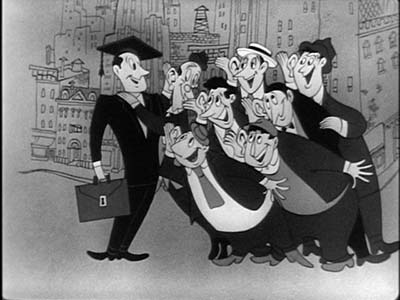
Tuberculosis: You Can Help![]()
Paul Fennell Studios (ca. 1945)
Industrial films are fascinating to study. Their primary purpose was to educate and inform, but they also needed to hold the audience’s interest. Animation provided the perfect balance of function and fun. These films were designed with a very specific audience in mind, and were ephemeral films- after their audience had been reached with the message, the films were no longer needed. For this reason, only a small fraction of the number of industrial films produced over the years survive. Budgets were very low and schedules were short. Dialogue, music and design had to carry the show.
JOIN TODAY To Access Members Only Content
DVD QUALITY VIDEO:![]()
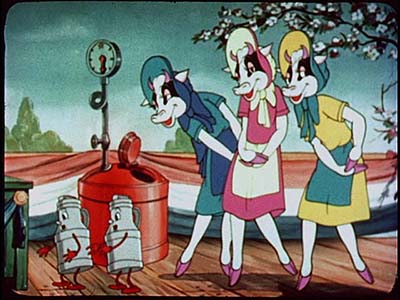
Theatrical Commercial Reel![]()
Paul Fennell Studios (ca. 1938-1939)
Ed Benedict was a pioneer of using animation for advertising. In 1937, Benedict animated on a Walter Lantz cartoon sponsored by Ipana Toothpaste, and it gave him an idea. Along with Jerry Brewer, he pitched Richfield Oil with the idea of projecting animated commercials on billboards in busy downtown areas, synchronized to the flow of traffic. The project fell through, but Benedict and Brewer continued to pick up commercial work, producing promotional short subjects with musical themes for theatrical release.
In 1939, Benedict began freelancing for Cartoon Films Ltd, which was built from the studio and remaining staff of the old Ub Iwerks cartoon studio in Beverly Hills. Along with director Paul Fennell, Benedict designed and animated a series of one minute cartoons for clients like Shell Oil and Rinso Soap. These cartoons were provided to theaters at no charge, and the production of the animation was underwritten by the sponsor. However independent theaters were few and far between. Most were locked into block booking contracts, where they could only run the films supplied to them by the studio with whom they were affiliated. Cartoon Films’ animated commercials got squeezed out of the market, and Fennell and Benedict went their separate ways. In the late 1940s, Ed returned to Fennell’s studio and picked up where he left off, designing industrial films and animated commercials designed for the new medium of television.
JOIN TODAY To Access Members Only Content
DVD QUALITY VIDEO:![]()
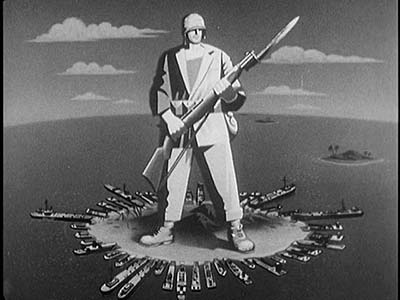
Army-Navy Screen Magazine:![]()
The Navy After The War![]()
First Motion Picture Unit (ca. 1945)
The Army-Navy Screen Magazine was a series of short subjects shown to military personel during World War II. The films preceded the screening of a Hollywood feature and served several purposes… First of all, it shared news of home with GIs on the front lines, secondly it provided information about the progress of the war effort, and lastly it trained servicemen in an entertaining manner.
Under the supervision of director Frank Capra, the series included animated cartoons featuring Private Snafu produced by Warner Bros, as well as training films with animation by UPA, MGM, Disney and Harman Ising. This particular installment of the Army-Navy Screen Magazine features brilliant design by John Hubley, and probably was made shortly before he left the service to join UPA.
JOIN TODAY To Access Members Only Content
You Are A Human Animal![]()
Disney / 1955-1977
Animation is not only an entertainment medium, it can also educate. When educational films are overly didactic and dense with content, they often fail to get the ideas across. But animation engages the audience and presents information in a clear symbolic way that remains in the mind long after the film is over.
At the end of WWII, no studio was better equipped to put their staff to work to educate and inform than Disney. With the debut of the Disneyland television program and the Mickey Mouse Club, Disney had opened up a whole new distribution medium for this kind of educational entertainment. “Man In Space”, “Our Friend the Atom” and the nature series “True Life Adventures” were distributed on 16mm film to schools and libraries. Nearly every child growing up in the 50s and 60s saw Disney educational films. The most popular series in schools were the group of Jiminy Cricket educational films packaged under the titles, “I’m No Fool” and “You Are A Human Animal”. Most of these films are rarely seen today.
We’re particularly proud to be able to share this new transfer of the “You Are A Human Animal” series with our members. These eight films focus on health subjects for elementary school age children. The first film introduces the idea that people are animals, while pointing out the differences between humankind and the animal kingdom. Next, the five senses are introduced. Then the films focus on eyesight, nutrition, the systems of the body, hearing, the sense of touch, and smelling and tasting.
The limited animation techniques employed in these films are directly applicable to modern internet animation, and the appealing imagery and color shows how careful design and compositional planning can make a film look simple and appealing. For economy, the fully animated scenes were cleverly reused in each film. Also note the expressive thicks and thins in the lines. This was referred to “TV inking” and its purpose was to allow expression and detail to read clearly even at low resolutions. (Does that give you any ideas about how line quality could make mobile app animation look better?) We hope you find these films useful in your self study and find ways to incorporate these techniques into your own work.
JOIN TODAY To Access Members Only Content
Whew! That is an amazing collection of treasures! The most important information isn’t what you already know… It’s the information you should know about, but don’t know yet. We bring that to you every other month.
THIS IS JUST THE TIP OF THE ICEBERG!
Animation Resources has been sharing treasures from the Animation Archive with its members for over a decade. Every month, our members get access to a downloadable Reference Pack, full of information, inspiration and animation. The RefPacks consist of e-books jam packed with high resolution scans of great art, still framable animated films from around the world, documentaries, podcasts, seminars and MORE! The best part is that all of this material has been selected and curated by our Board of professionals to aid you in your self study. Our goal is to help you be a greater artist. Why wouldn’t you want to be a member of a group like that?
Membership comes in two levels. General Members get access to a bi-monthly Reference Pack as well as a Bonus RefPack from past offerings in the in-between months. We offer a discounted Student Membership for full time students and educators.
JOIN TODAY!
https://animationresources.org/membership/levels/
FREE SAMPLES!
Not Convinced Yet? Check out this SAMPLE REFERENCE PACK! It will give you a taste of what Animation Resources members get to download every other month! That’s 560 pages of great high resolution images and nearly an hour of rare animation available to everyone to download for FREE! https://animationresources.org/join-us-sample-reference-pack/
![]()
![]() Animation Resources depends on your contributions to support its projects. Even if you can’t afford to join our group right now, please click the button below to donate whatever you can afford using PayPal.
Animation Resources depends on your contributions to support its projects. Even if you can’t afford to join our group right now, please click the button below to donate whatever you can afford using PayPal.





